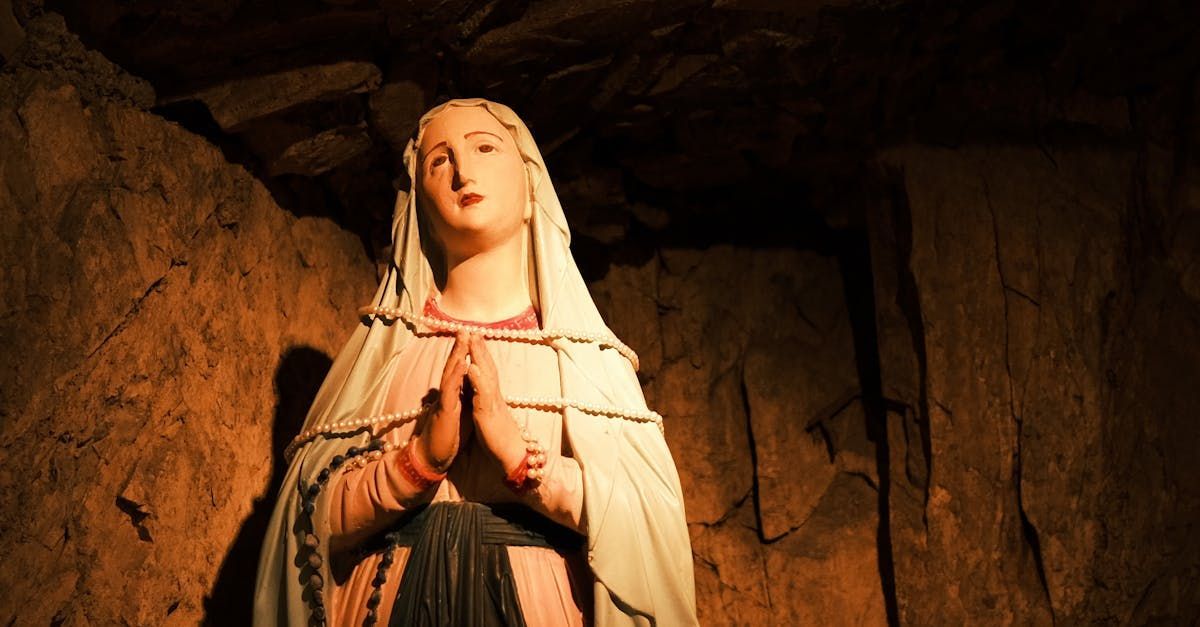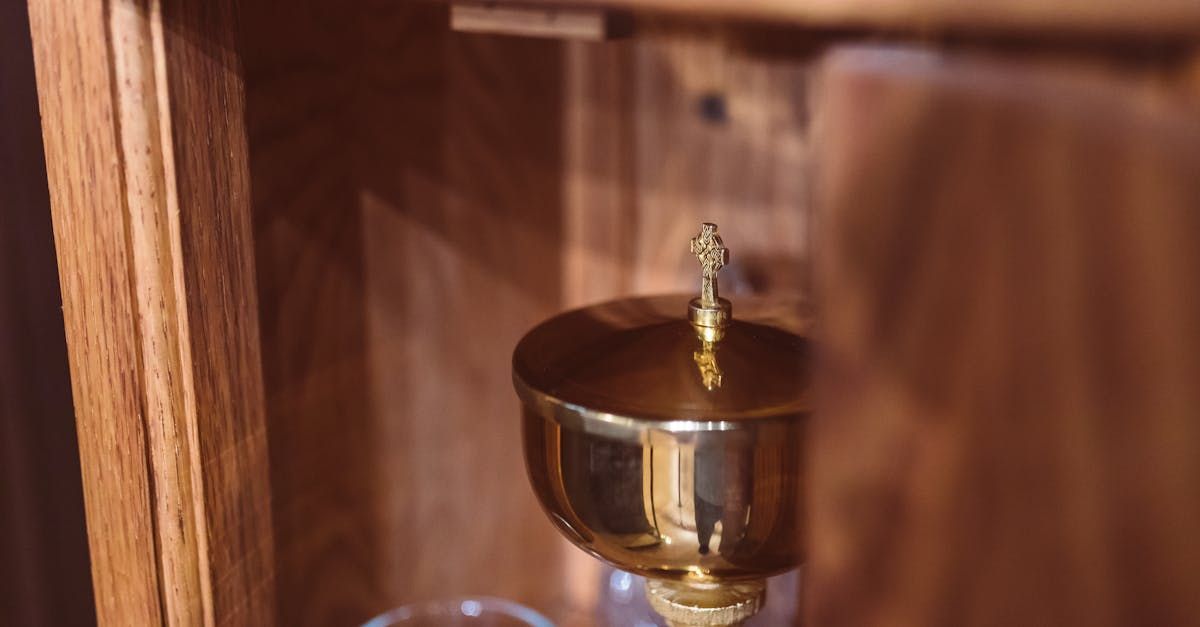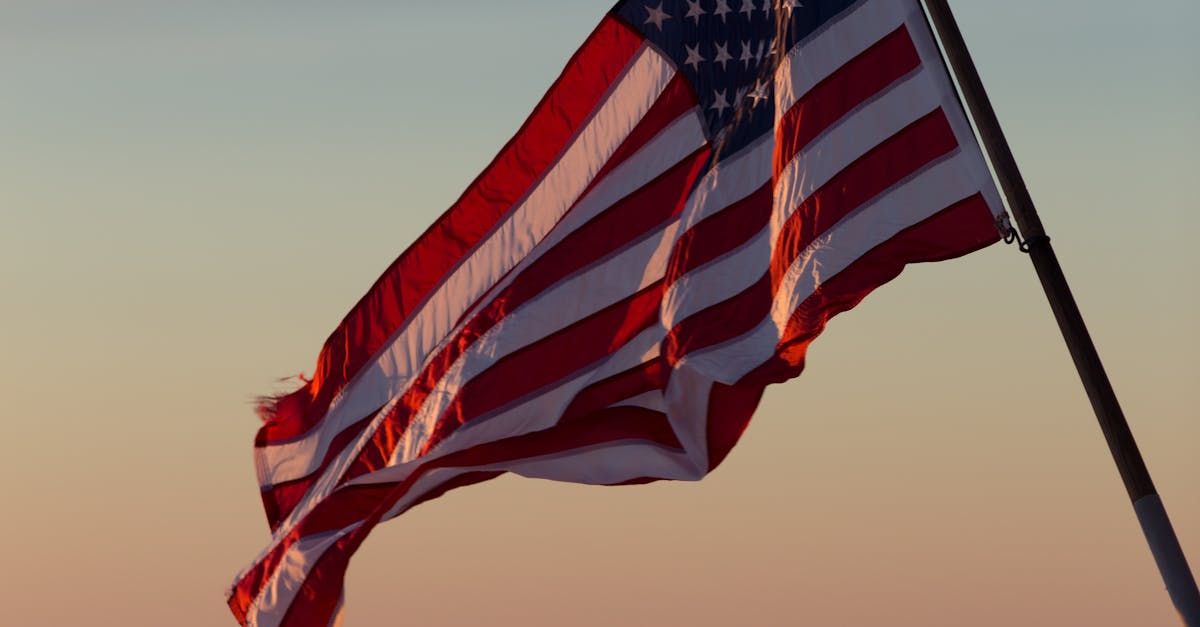News

Fr. Steve Mondiek | August 25th Catholics normally celebrate the month of October with special emphasis on Our Lady of the Holy Rosary. But did you know that the month of August is also a special month for Mary. How many Marian feasts can you name in the month of August? Here are some of the most popular: There are many ways to commemorate Mary’s feasts — from attending Mass, to making a holy hour or just saying an extra rosary. — Aug. 2: Our Lady of the Angels: On this day we commemorate the dedication of the church of Portuincula (little portion of land), near Assisi, Italy. During St. Francis’ life, there stood at this place a small ancient church that dated back to the sixth century. St. Francis loved this church because it was there that he recognized his vocation. In 1211, St. Francis acquired the church from the Benedictines, repaired it and made it the first church of the Franciscan Order. Since wonderful angelic voices frequently were heard there, it was called Our Lady of the Angels. Five years later, St. Francis received the Portuincula Indulgence from Pope Honorius as a gift for the chapel’s dedication. On his deathbed, St. Francis placed the church into the special care of his fellow Franciscans, and in the 16th century, the little chapel was enshrined as the Basilica of St. Mary of the Angels. In 1921, Pope Benedict XV gave the privilege of the indulgence to all visitors for one year, and later legislation granted the indulgence to all the faithful on Aug. 2 of each year (or on the following Sunday) with permission of the local bishop. — Aug. 5: Our Lady of the Snows: This day marks the Dedication of St. Mary Major Basilica in Rome, also known as Our Lady of the Snows. The memorial commemorates the dedication of the basilica originally erected on the Esquiline Hill in Rome by Pope Liberius in the fourth century. Some years later, Pope St. Sixtus III dedicated the church to Our Lady because the divine Motherhood of Mary had just been proclaimed as an article of faith during the Council of Ephesus. The Basilica of St. Mary Major is the most significant Marian cathedral in the Western world. The title Our Lady of the Snows dates back to a legend of the Middle Ages that tells us of a rich, childless couple who wanted to make Mary the heiress of their fortune. They prayed continuously in order to discover Mary’s wish for them. On the night of Aug. 4, the Blessed Virgin made her wish known to both the couple and Pope Liberius — she wanted a shrine built on the spot on the Esquiline Hill that they would see covered with snow the next morning. Accompanied by clergy and laity, the pope walked in procession to the spot and found a site covered with snow, in spite of the intense heat of August in Rome. Pope Liberius immediately ordered the building of the Marian church on that spot. Pope St. Sixtus III had the original church replaced by a newer, larger one in 432, and observation of the feast of Our Lady of the Snows began in that church in 435. Henceforth, the feast was extended to all of Rome, and in 1568, Pope Pius V extended it to the universal church. — Aug. 13: Our Lady, Refuge of Sinners: This feast dates back to the time of St. Germanus of Constantinople in the eighth century. This title depicts Mary as the New Eve. Eve was the instrument for the fall of man into original sin and his subsequent suffering. Mary, on the other hand, is the instrument for the salvation of man as she becomes the Mother of the Redeemer. — Aug. 15: The Assumption of the Blessed Virgin Mary: As far back as the fifth century, the church in Jerusalem celebrated a feast of Mary on Aug. 15, which became known in the Eastern Church as “the day on which Holy Mary expired.” In the seventh century it was introduced to the Western Church as the Assumption of the Blessed Virgin Mary. It is one of the most ancient feasts of Mary and commemorates her death and her assumption, body and soul, into heaven. Although Mary’s death is not documented (and some scholars argue that she was assumed into heaven at the moment before her death), tradition holds that she died at age 72 in either Ephesus or Jerusalem. Pope Pius XII proclaimed the dogma of the Assumption Nov. 1, 1950. A legend says that the apostles found flowers upon opening Mary’s tomb and that St. Thomas saw her being assumed into Heaven. — Aug. 22: Queenship of Mary: Pope Pius XII decreed and instituted the feast of the Queenship of Mary Oct. 11, 1954, in his encyclical, “ Ad Caeli Reginam ” he said: (“To the Queen of Heaven”), “ Mary, too, as Mother of the divine Christ, as his associate in the redemption, in his struggle with his enemies and his final victory over them, has a share, though in a limited and analogous way, in his royal dignity. For from her union with Christ she attains a radiant eminence transcending that of any other creature; from her union with Christ, she receives the royal right to dispose of the treasures of the Divine Redeemer’s Kingdom; from her union with Christ finally is derived the inexhaustible efficacy of her maternal intercession before the Son and His Father.” These Marian feasts help us to understand Mary’s role in salvation history and can be an aid to meditate upon her involvement in interceding for us. God bless.


